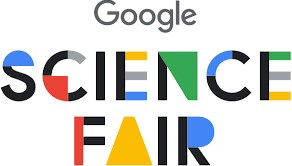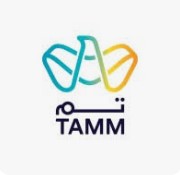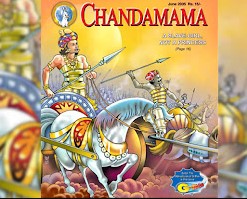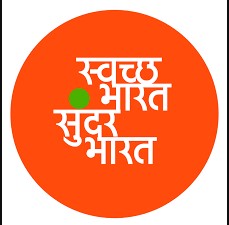
The Google Science Fair is an annual online science competition open to students worldwide. It provides a platform for young innovators to showcase their scientific projects and compete for various prizes. In this article, we will explore the Google Science Fair in detail, including its purpose, history, application process, and the benefits it offers to participants.
The Google Science Fair aims to inspire and encourage young minds to pursue scientific inquiry and innovation. It recognizes that today's students are the future scientists, engineers, and inventors who will shape the world we live in. By fostering curiosity, critical thinking, and problem-solving skills, the competition seeks to ignite a passion for science and technology among students.
The history of the Google Science Fair dates back to 2011 when Google, in partnership with several renowned organizations, launched the first edition of the competition. Since then, it has grown exponentially, attracting thousands of entries from students across the globe. The competition has gained recognition for its commitment to nurturing young talent and fostering a global community of aspiring scientists.
Participating in the Google Science Fair is an exciting opportunity for students to explore their scientific interests and contribute to real-world problem-solving. The competition is open to students aged 13 to 18, and they can participate individually or in teams of up to three members. Students are encouraged to identify a problem or challenge they are passionate about and develop a project that addresses it using scientific methods and innovative thinking.
The application process for the Google Science Fair typically involves several stages. Firstly, students need to register on the official Google Science Fair website during the specified application period. They are required to create a project submission that includes a detailed description of their research, methodologies used, results, and conclusions. The submission should be presented in a clear, concise, and visually appealing manner, using text, images, and, if applicable, videos.
Once the application period ends, a panel of judges consisting of experts in various scientific disciplines evaluates the submissions. The projects are assessed based on criteria such as creativity, scientific merit, effective communication, and potential impact. After careful evaluation, the judges select a group of finalists who proceed to the next stage of the competition.
The finalists are invited to present their projects to a panel of judges at a regional event. These events are held in different locations worldwide and provide an opportunity for finalists to interact with other participants, share their ideas, and receive feedback from experts in their fields. The regional events also include various workshops, talks, and networking sessions, enriching the overall experience for the finalists.
From the regional events, a select number of students advance to the final stage of the competition, where they compete for the coveted Google Science Fair Grand Prize. The Grand Prize winner receives a significant scholarship, a trip to a prestigious scientific institution or conference, and a year of mentoring from Google employees and partners. Additionally, there are several other awards and prizes in different categories, such as the Scientific American Innovator Award and the Virgin Galactic Pioneer Award.
Participating in the Google Science Fair offers numerous benefits for students. Firstly, it allows them to develop and showcase their scientific research skills, which are crucial for success in academia and professional careers in science and technology. It also encourages students to think critically, solve problems creatively, and effectively communicate their findings—a valuable set of skills applicable to various domains.
Furthermore, the Google Science Fair provides a global platform for students to gain recognition for their work. Finalists and winners have the opportunity to share their projects with a worldwide audience, including scientists, educators, and industry professionals. This exposure can open doors to future opportunities, such as internships, research collaborations, and college admissions.




















